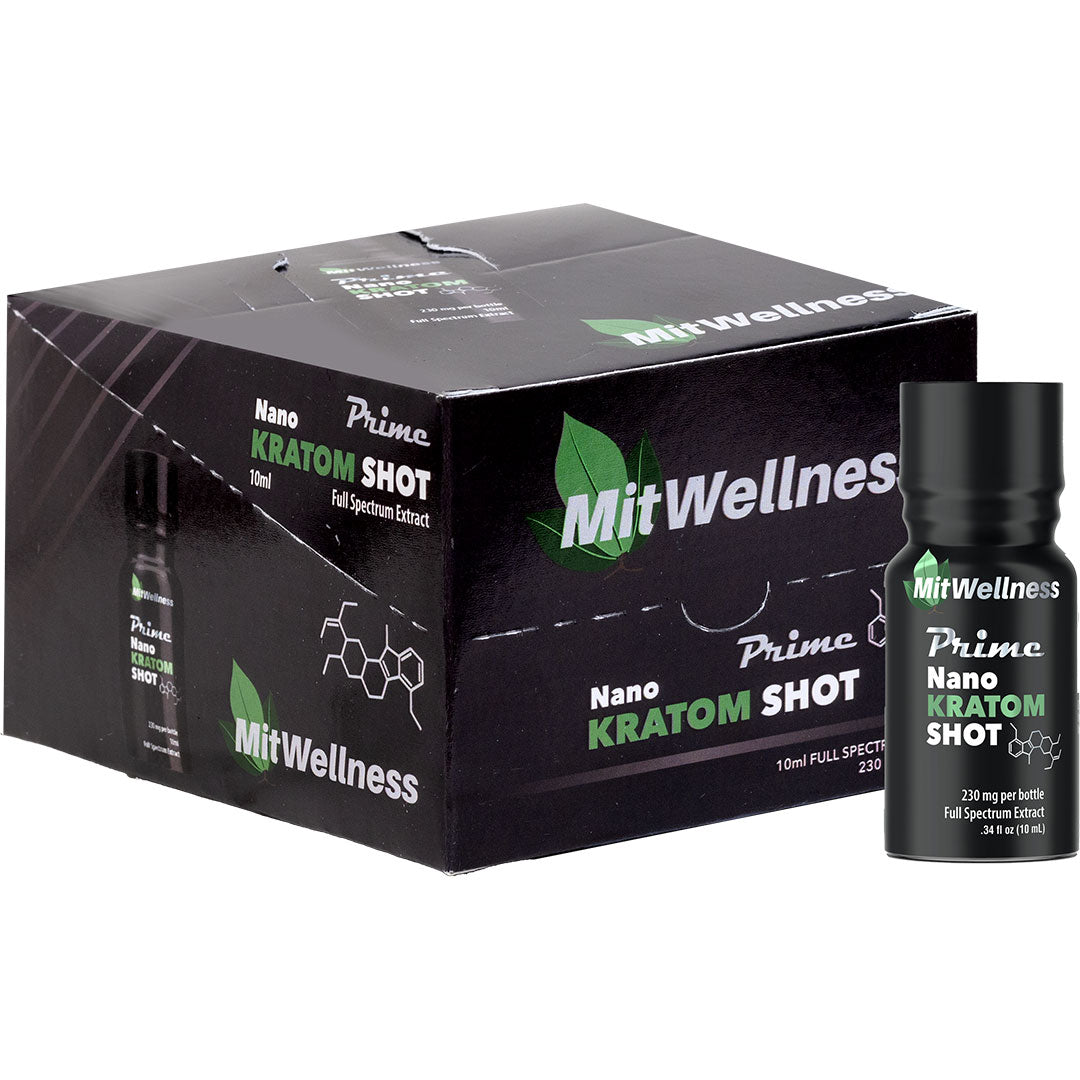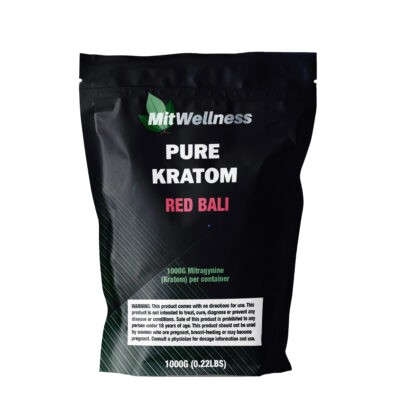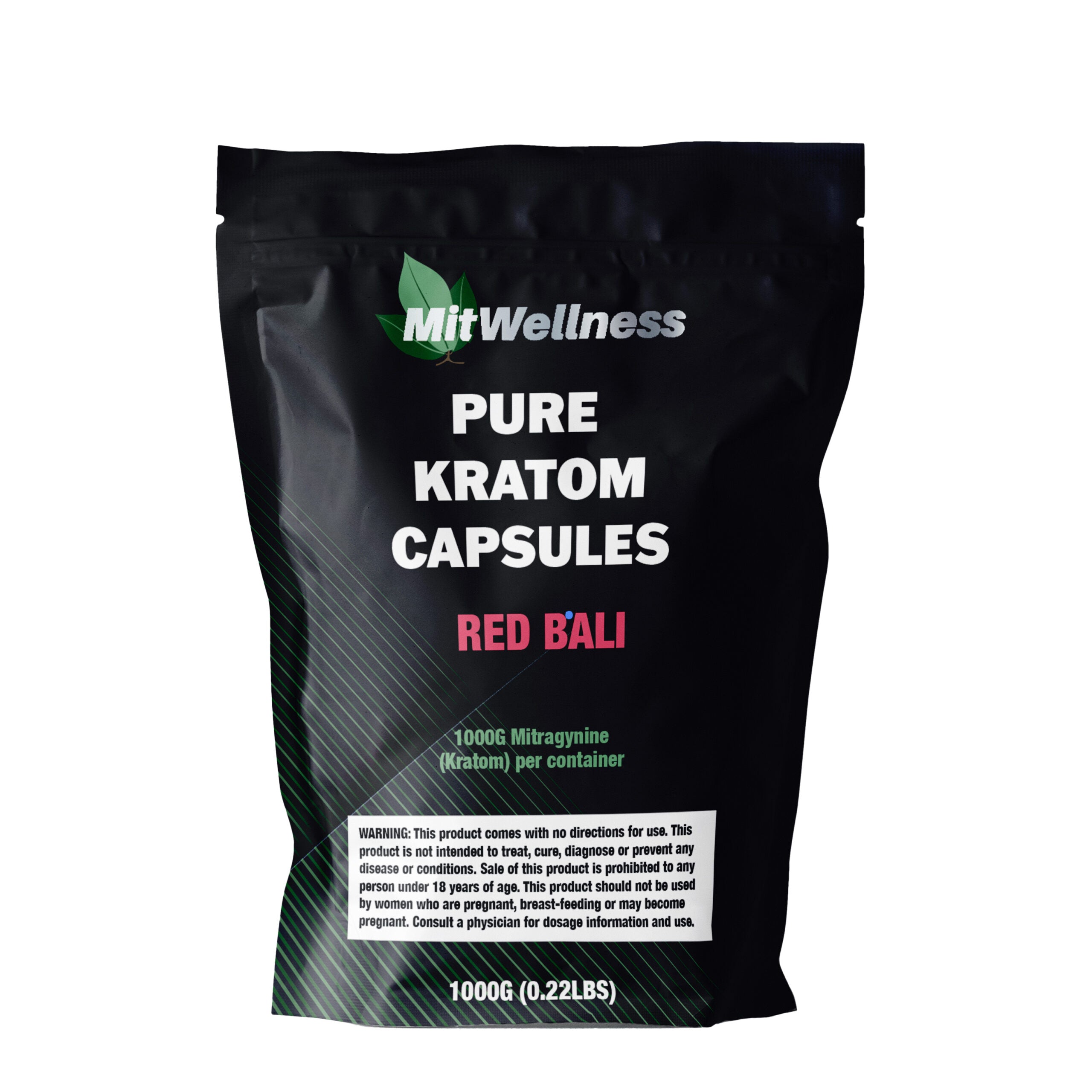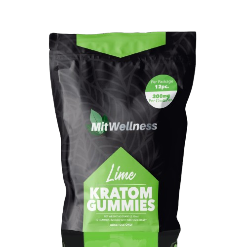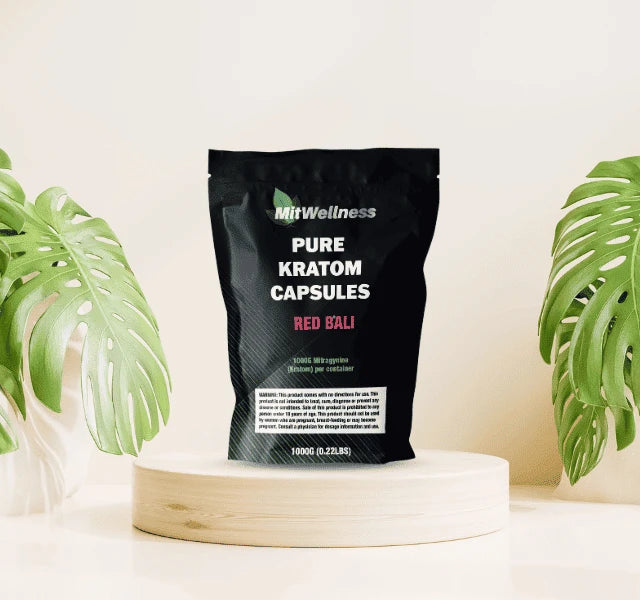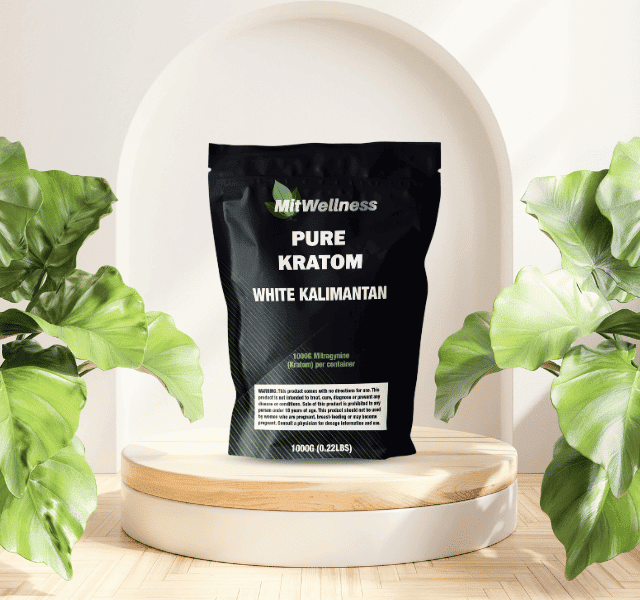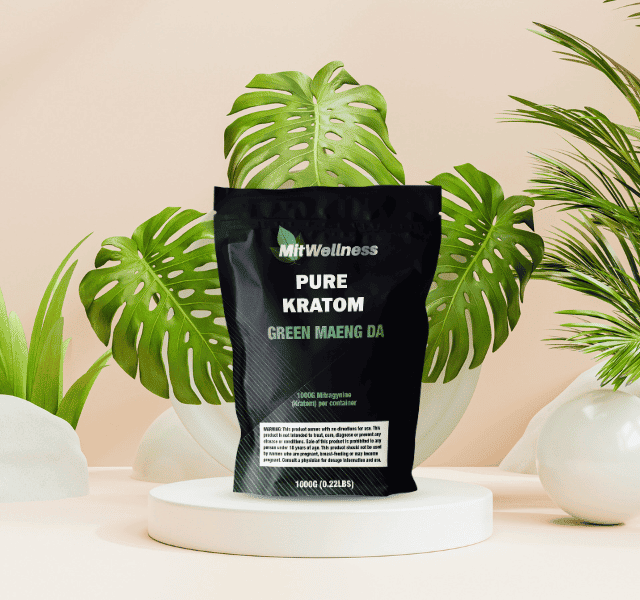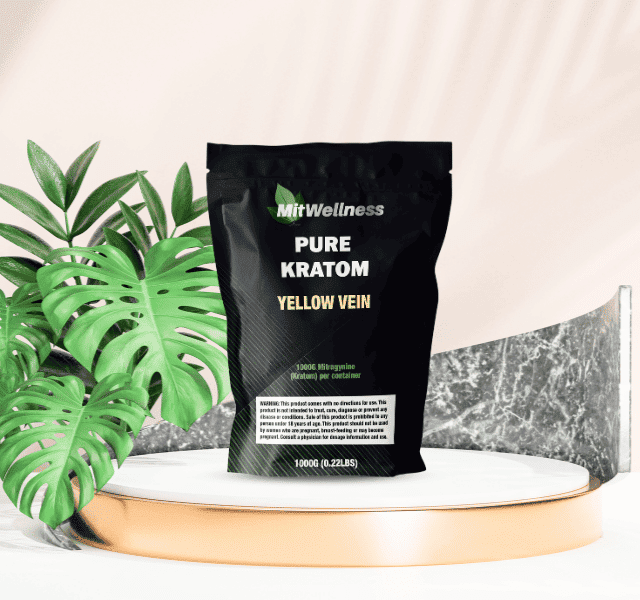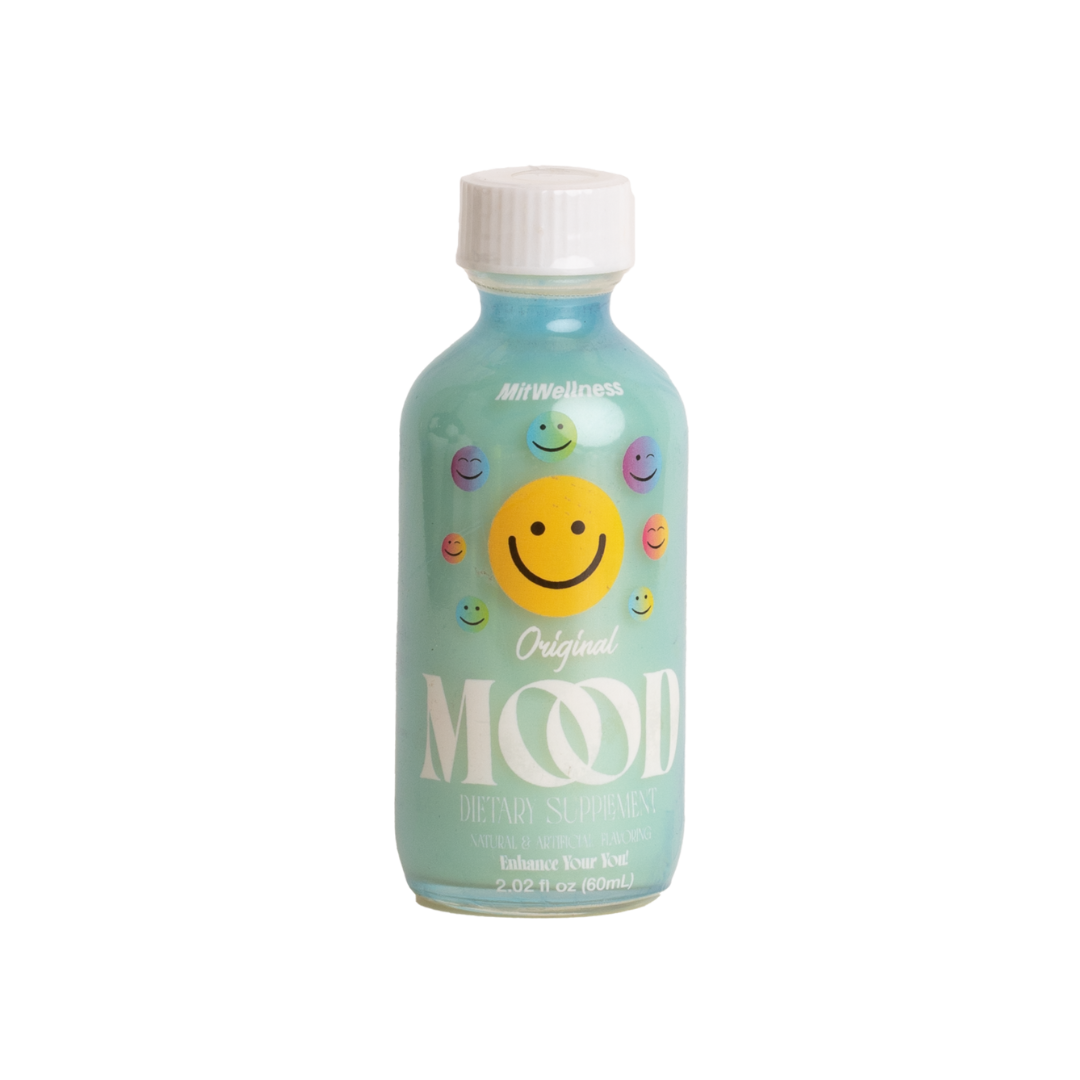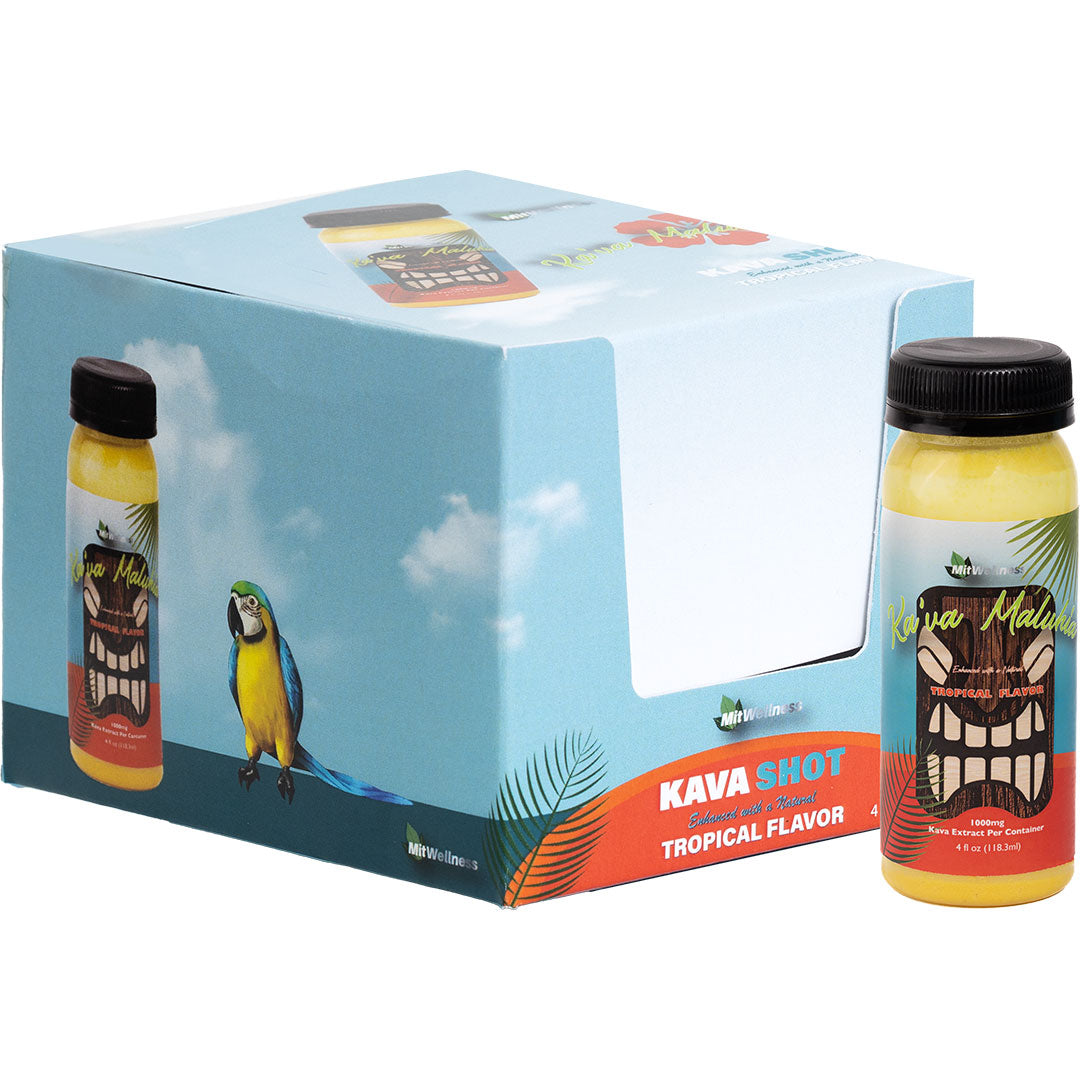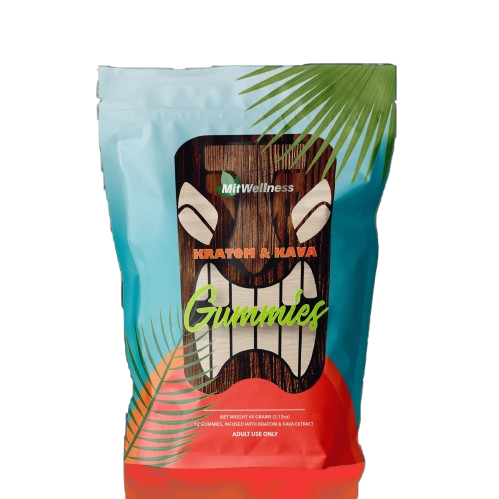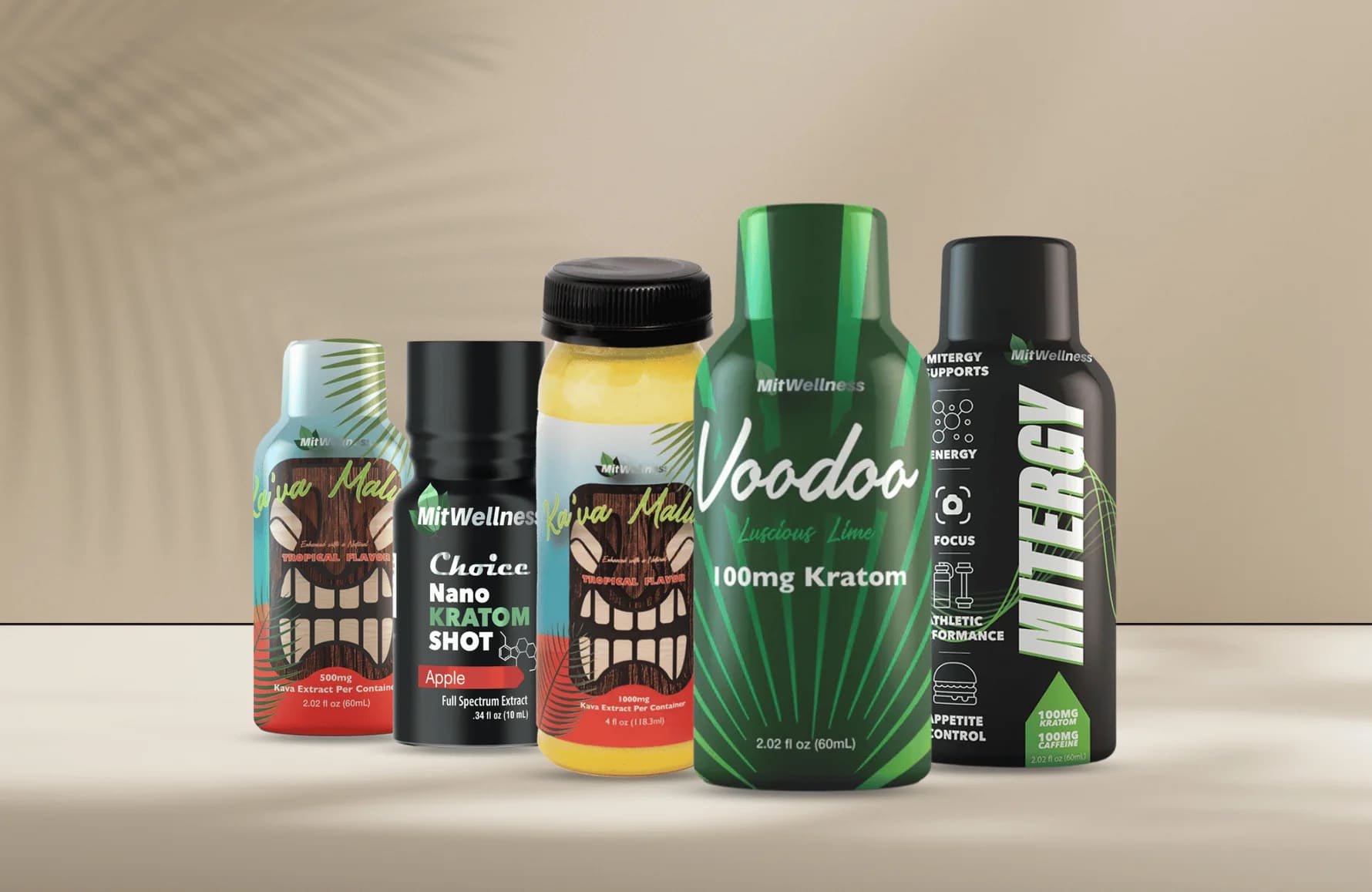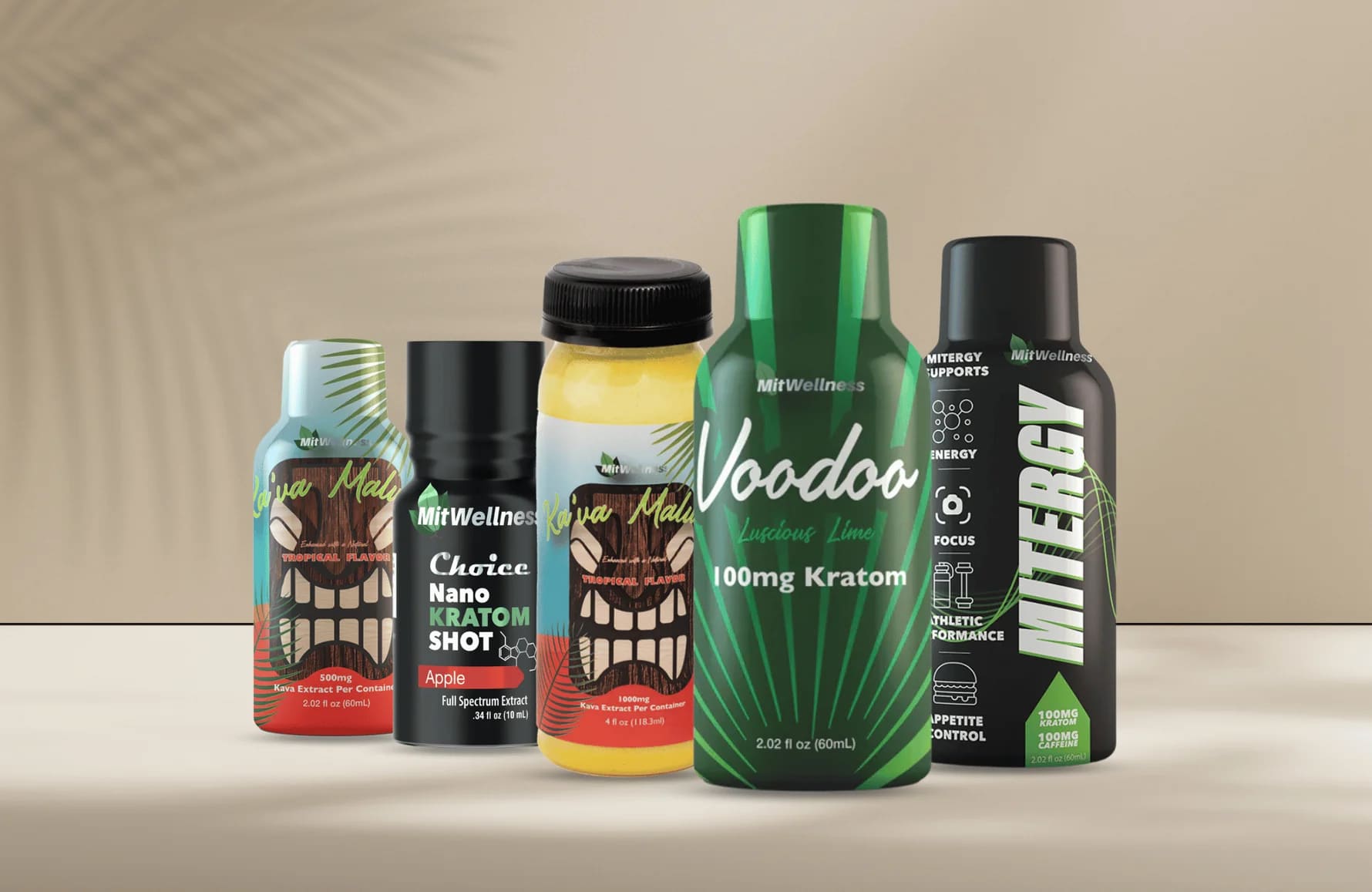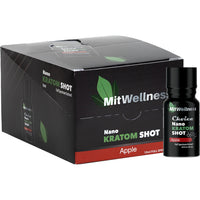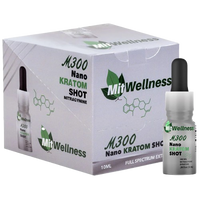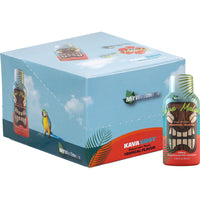 Paynantheine is an alkaloid present in certain species of the Mitragyna plant, also known as Kratom or Mitragyna speciosa. Mitragyna is a tropical tree native to Southeast Asia, and its leaves have been utilized for centuries in traditional medicine as a herbal substance for various purposes. Paynantheine is one of the primary alkaloids and a selected indole-based Kratom alkaloid found in Kratom, along with 7-hydroxy mitragynine, mitragynine, and speciociliatine.
Paynantheine is an alkaloid present in certain species of the Mitragyna plant, also known as Kratom or Mitragyna speciosa. Mitragyna is a tropical tree native to Southeast Asia, and its leaves have been utilized for centuries in traditional medicine as a herbal substance for various purposes. Paynantheine is one of the primary alkaloids and a selected indole-based Kratom alkaloid found in Kratom, along with 7-hydroxy mitragynine, mitragynine, and speciociliatine.
It is suggested that paynantheine may possess certain properties, but more research is needed to fully understand the potential health benefits and risks associated with paynantheine and other Kratom alkaloids. As with any herbal substance, it is essential to consult with a healthcare professional before using products containing Kratom alkaloids to ensure safety and proper guidance.
Paynantheine effects
Paynantheine is one of Kratom’s major alkaloids, and its effects have been considered to be comparable to those of other Kratom alkaloids, according to statistical analyses. The literature on the precise effects of paynantheine, Paynantheine Pseudoindoxyl, or Speciogynine Pseudoindoxyl is limited, with most studies focusing on Kratom as a whole. However, available research on Paynantheine is sufficient to suggest it may offer various potential effects.
The following are some possible effects of paynantheine and Kratom, as shown by a mixed-effects model:
Traditional use for discomfort: Kratom and paynantheine have historically been used for discomfort management, and their effects are thought to be similar to certain traditional remedies.
Mood improvement: Paynantheine and Kratom may possess mood-enhancing properties and could potentially help lessen stress or mood symptoms.
Enhanced energy and attention: Kratom or paynantheine may function as stimulants, potentially enhancing attention and concentration while boosting energy levels. It may also affect locomotor activity.
Additionally, paynantheine has been suggested to have potential effects on various aspects of recovery and therapeutic window after treatment. Some research indicates that paynantheine may cause a reduction in voluntary ethanol consumption, as shown in mice (Wild-Type mice and female mice) in a Drinking-In-The-Dark Paradigm.
As with any substance, there may be potential side effects associated with Paynantheine, such as dizziness, nausea, abuse liability, and respiratory issues. To minimize the risk of adverse effects, it is essential to consult a healthcare professional before using any products containing Paynantheine, especially for individuals with pre-existing medical conditions. It is always recommended to consume any substance under medical guidance.
Metabolism of Paynantheine
There is limited data on the exact metabolism of paynantheine. However, some studies conducted by Purdue University and affiliated organizations have suggested that the liver may be where Kratom alkaloids, particularly paynantheine, are processed by the cytochrome P450 enzymes. Paynantheine is thought to be rapidly absorbed into the gastrointestinal system after ingestion and may reach its maximal blood levels in one to two hours. It may then be broken down in the liver into several metabolites with varying potencies, such as speciociliatine and speciogynine. The body subsequently eliminates these metabolites through feces and urine. Paynantheine is thought to have a half-life of around 3.5 hours, but this may vary based on an individual’s metabolism and other factors.
Paynantheine pharmacology
Although research on paynantheine pharmacology is still in its early stages, investigations on Kratom and its alkaloids have suggested that they may interact with various receptors in the body and brain, such as serotonin receptors and mu-opioid receptors. The interaction of Kratom and its alkaloids with the mu receptor, which is implicated in discomfort perception and reward pathways in the brain, may be one of its main modes of action. In comparison to other Kratom alkaloids, paynantheine is thought to have a relatively low affinity for this receptor. Further research is necessary to fully understand the pharmacology of paynantheine and its potential effects on the body.
Paynantheine consumption
Since paynantheine is typically consumed as a component of Kratom leaves or powder and its precise concentration may vary based on its origin and preparation method, there is no universally acknowledged amount or average intake for it. Factors such as the user’s tolerance, body mass, and other variables can also affect of Kratom and its alkaloids, like paynantheine, influence them. Therefore, it is generally advised to start with a modest amount and gradually increase it until the desired effects are achieved. The effective amount for Kratom usually ranges from 1 to 5 grams, but some people may consume more. It is typically recommended to wait at least several hours between intakes and not to consume more than 8 grams of Kratom powder or leaves at once. Additionally, when taking Kratom or Paynantheine, it is essential to increase water consumption and decrease alcohol intake. Excessive alcohol consumption can be harmful, so it is best to maintain a low alcohol consumption baseline. Users might also experience an increase in water consumption and a decrease in preference for alcohol.
Paynantheine FAQs
Here we have discussed Paynantheine FAQs. You can refer to this part if you have quick questions.
Is Paynantheine Safe?
Paynantheine is commonly consumed as a component of Kratom leaves or powder, and its precise concentration might vary depending on its origin and manner of preparation. As a result, there is limited information on the safety of paynantheine in particular. However, more One-Way Anova, Two-Way Anova and RM Two-Way Anova studies are being conducted regarding this topic. Although paynantheine and other kratom alkaloids have been used in Southeast Asia for generations, little is known about their safety or potential dangers.
Where can I buy Paynantheine?
You can buy Paynantheine on our online kratom store. Paynantheine is an alkaloid in kratom and isn’t necessarily sold separately, which is why you may have limited access. You can buy kratom in a variety of forms such as powder and capsules and regardless of what you pick, the results of Paynantheine you will be getting should be the same.
Where does Paynantheine come from?
Paynantheine comes from kratom. This alkaloid is one of the many alkaloids found in the leaves of the Kratom tree (Mitragyna speciosa), a tropical tree native to Southeast Asian countries such as Thailand, Indonesia, Myanmar, Papua New Guinea, and so on.
For more information on Paynantheine contact the team at MitWellness.
Shop Kratom At MitWellness
-
Green Thai Kratom CapsuleStarting from: $19.99Shop Now This product has multiple variants. The options may be chosen on the product page
-
Red Thai Kratom CapsuleStarting from: $19.99Shop NowThis product has multiple variants. The options may be chosen on the product page
-
White Kalimantan Kratom PowderStarting from: $13.99Shop NowThis product has multiple variants. The options may be chosen on the product page
-
Red Kapuas Kratom PowderStarting from: $13.99Shop NowThis product has multiple variants. The options may be chosen on the product page
-
Red Bali Kratom PowderStarting from: $13.99Shop Now

